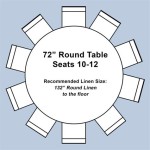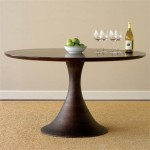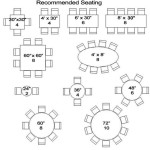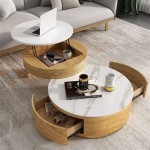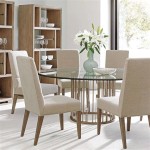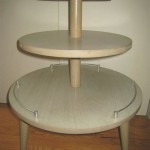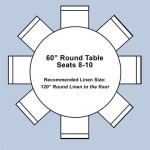Essential Aspects of Building a Small Dining Room Table
Creating a small dining room table can be a rewarding project that adds a touch of personalization and functionality to your home. Whether you're a seasoned woodworker or just starting out, it's essential to consider key aspects to ensure a successful outcome.
Choosing the Right Materials
The table's materials will determine its durability, appearance, and cost. Consider the following factors:
- Solid Wood: Durable, timeless, but expensive. Popular choices include oak, maple, and cherry.
- Engineered Wood: Made from wood fibers and resins, it's less expensive and moisture-resistant.
- Metal: Durable and easy to clean, but can be cold and noisy.
- Glass: Modern and stylish, but requires careful handling and frequent cleaning.
Determining the Table Size
The size of the table depends on the available space and the number of people you want to accommodate. Consider these guidelines:
- Table Length: Allow 24-30 inches of length per person.
- Table Width: Aim for a width of 36-42 inches to comfortably fit chairs and table settings.
- Table Height: Standard table height is 29-30 inches.
Selecting a Base Design
The table's base design provides stability and visual interest. Choose from these options:
- Four-Leg Base: Simple and sturdy, consisting of four legs connected to the tabletop.
- Pedestal Base: Central support with a wide base, adding elegance and floor space.
- Trestle Base: Traditional design with two A-shaped supports, providing strength and rustic charm.
Joining the Tabletop
Secure the tabletop boards together with a strong joint. Consider using:
- Butt Joint: Simple but requires additional support for strength.
- Edge Joint: More durable, creating a seamless edge between boards.
- Mitre Joint: Creates a 45-degree angle joint, resulting in a clean and decorative look.
Adding the Base
Attach the base to the tabletop using sturdy fasteners. Ensure a secure connection to guarantee stability.
Finishing Touches
To complete the table, consider these finishing touches:
- Sanding: Smooth the surface and remove any imperfections.
- Applying Finish: Protect and enhance the table with stain, varnish, or paint.
- Adding Accessories: Enhance the table's functionality or aesthetics with placemats, coasters, or centerpieces.
Conclusion
Building a small dining room table is a fulfilling project that combines creativity and craftsmanship. By considering the essential aspects outlined above, you can create a functional and stylish piece that will add warmth and charm to your home.

13 Awesome Diy Dining Tables For Small Spaces Ohmeohmy Blog

10 Diy Dining Table Ideas Build Your Own Room

25 Diy Dining Tables Bob Vila

20 Gorgeous Diy Dining Table Ideas And Plans The House Of Wood

13 Awesome Diy Dining Tables For Small Spaces Ohmeohmy Blog

20 Gorgeous Diy Dining Table Ideas And Plans The House Of Wood

Diy Farmhouse Table Free Plans Rogue Engineer
:max_bytes(150000):strip_icc()/modern-5a81b68eff1b780037244a87.jpg?strip=all)
14 Free Dining Room Table Plans For Your Home

Diy Small Farmhouse Table Plans And Tutorial

Diy Farmhouse Bench Love Grows Wild
Related Posts

